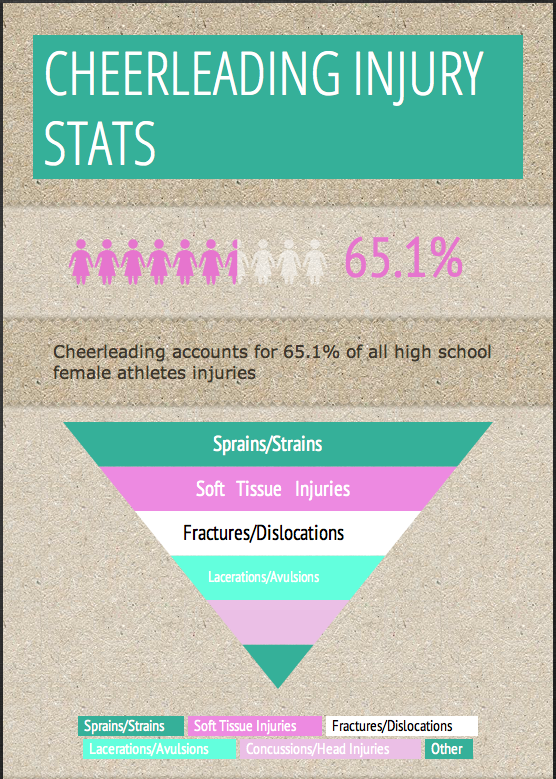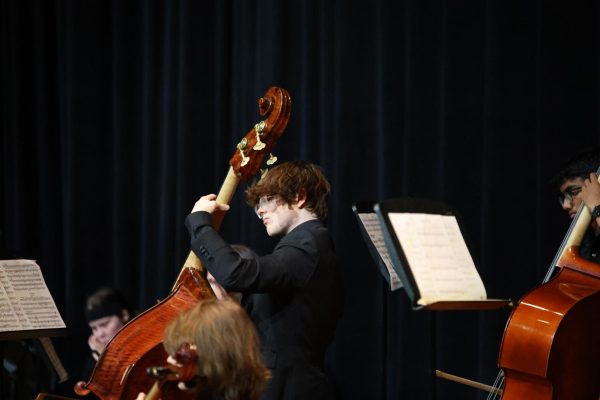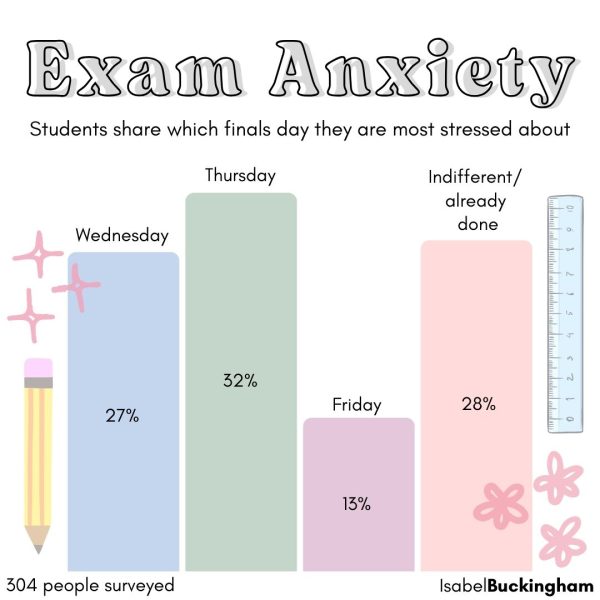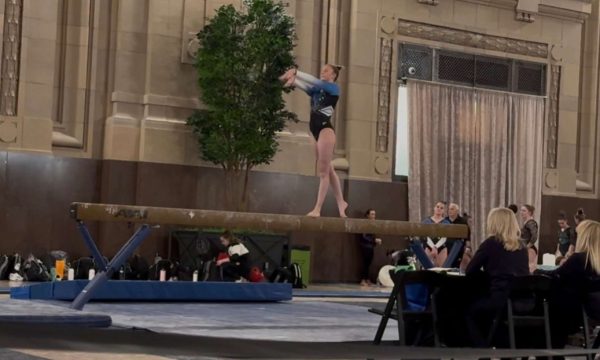Opening doors
No pain no gain: the positive side of sports injuries
Everyone has a passion, for some it’s for sports, for others it’s different activities, and with that passion comes risk. There’s risk of losing that love, and for Hannah Harrick, a Blue Valley Southwest sophomore, she almost did.
Harrick has been a competitive cheerleader since she was 8 years old, and it was her main passion in life, and something she had always wanted to continue. Unfortunately, that dream got cut short about 9 months ago due to a fractured back from overuse.
According to ABC news, over 16,000 cheerleaders are seriously injured each year and kids coming to hospitals with cheer induced injuries has gone up 110 percent.
When Harrick was 12years old, her back began to restrict her due to a lot of pain. Many athletes often suffer from injuries and muscular pains, but this was something different.
ABC news said that some of the most common injuries in cheerleading are sprains and strains, which account for more than 52 percent of all cheerleading injuries. But injuries including fractures, concussions and breaks aren’t as common.
When seventh grade came around, Harrick was moved up to a new level in competitive cheer, where the tumbling and stunting was at a much more difficult level. At that point, Harrick’s back became even worse and it became time to see a doctor, although hospital visits would prove to be worthless in insight.
She’d seen multiple doctors, but no one could tell her exactly what was wrong, and with many recommendations to start treatment options, Harrick went through 6 months of physical therapy. But after those six months, Harrick’s back was still in bad shape.
December of Freshman year at Southwest, Harrick received four cortisone injections into her back to stop and numb the pain. To additionally help her back feel better, she took a break from competitive cheer. Harrick’s back felt a lot better, and the treatment seemed to have worked, until six months later when the cortisone injection shots began to wear off.
“At that point, we went to a doctor who was specialized in dealing with cheerleader and gymnast injuries,” Harrick said.
The summer going into sophomore year, Harrick saw the specialized doctor. The first thing her doctor did, something no other doctors had done, was take an X-ray. The X-ray showed that Harrick had a fracture in the L5 facet in her back, part of the bone surrounding the spinal cord.
This caused a lot of worry, because if the fracture slipped, Harrick could potentially be paralyzed. Not only did she decide to put everything on hold, including competitive cheer, but she was also put in a back brace for 8 weeks in hope that the fracture wouldn’t slip.
Harrick was able to continue school cheer, but competitive cheer became too much of a risk factor for her back.
“The differences in intensity between school cheer and competitive cheer, is what allows me to continue with school cheer,” Harrick said.
School cheer is a lot less competitive, with tumbling and stunts that don’t require as much from Harrick’s back as competitive cheer.
Harrick said that the injury to her back didn’t change much in her school cheer routine. She had never been a flyer in competitive cheer, but freshman year, post-injury, she had been a flyer instead of a base; a position requiring a lot less pressure on her back.
“She always had such a positive attitude about it,” freshman cheerleader Lindsay Hissong said. “She loves cheer so much, I don’t think she’d let anything stop her from doing what she loves.”
They often say that when one door closes, another one opens. In Harrick’s case, she was given the chance to find another passion, one she could actually take part in.
Harrick had always been restricted from doing other activities because of such a busy cheer schedule, but with competitive cheer on a permanent hold, she was finally able to participate in something she’d always wanted to do: cross country.
This year was Harrick’s first season of cross country, and she fell in love with it.
“Something I’ve realized is that I’ve almost seen my injury as a good thing,” said Harrick. “Before I thought I wanted to do cheer all the time for as long as I could, but having to stop really opened my eyes. Now I’ve fallen in love with running and I am so glad I’ve gotten to do that.”
Harrick’s back sometimes hurt in cross country as well, but it was a lot less severe and she was able to take it easy on painful days.
“I actually never knew about her injury,” freshman cross country runner, Delaney Oliver said. “She pushed through it, never let it slow her down and made it very unnoticeable.”
In the future, Harrick hopes to become more competitive in running, and is excited for her first upcoming track season. The only way she’d ever get back to competitive cheer is through surgery, and even if she did get it, it has a year of recovery time.
“I’d never really have time to get back to competitive cheer”, said Harrick.
Now that Harrick has found another passion, she hopes to continue running through high school and into college.





